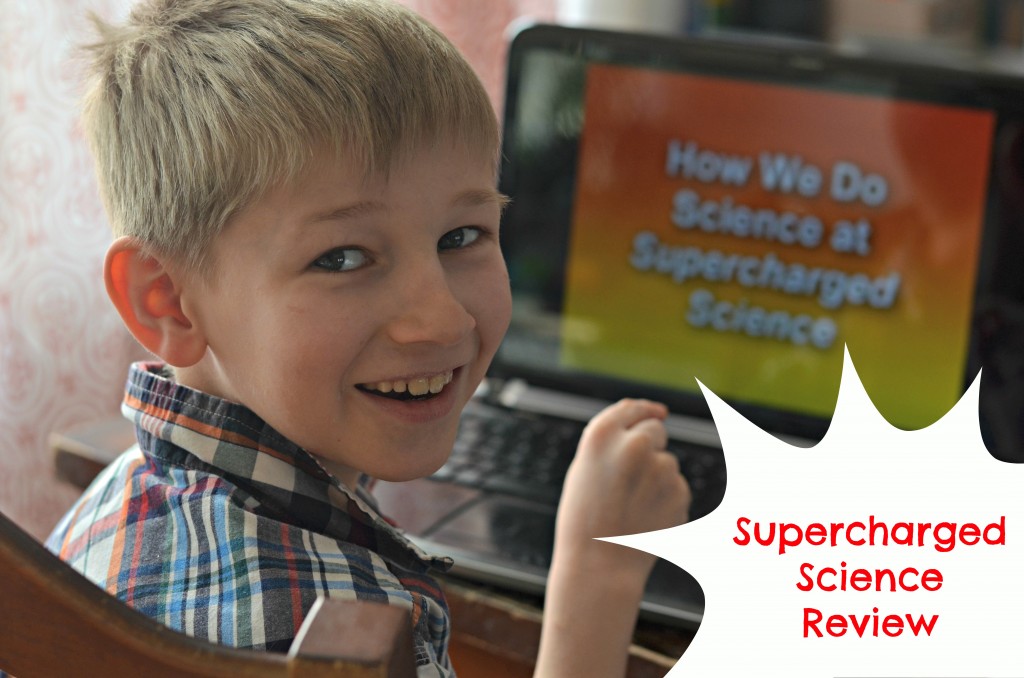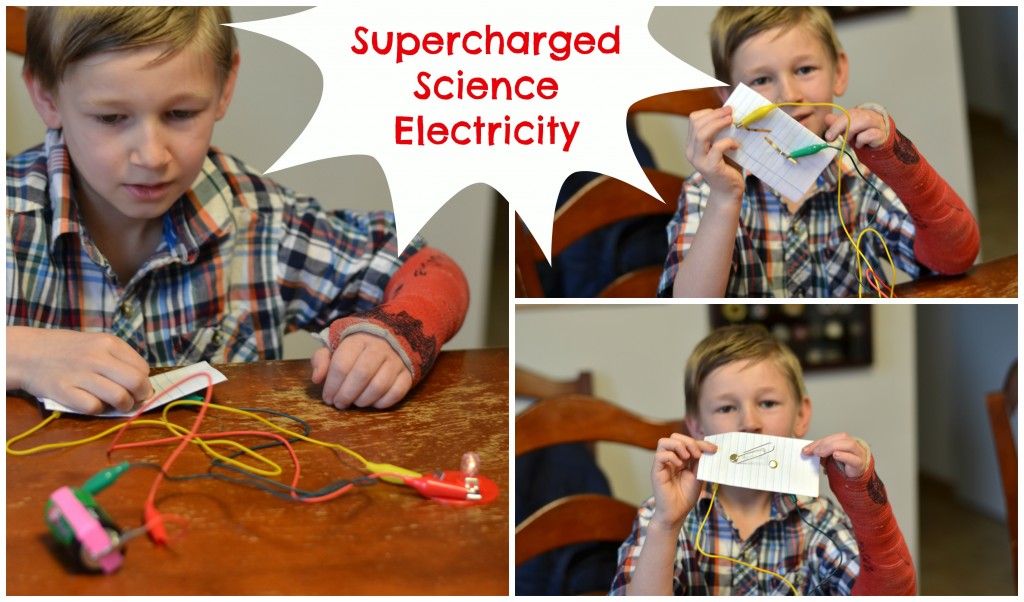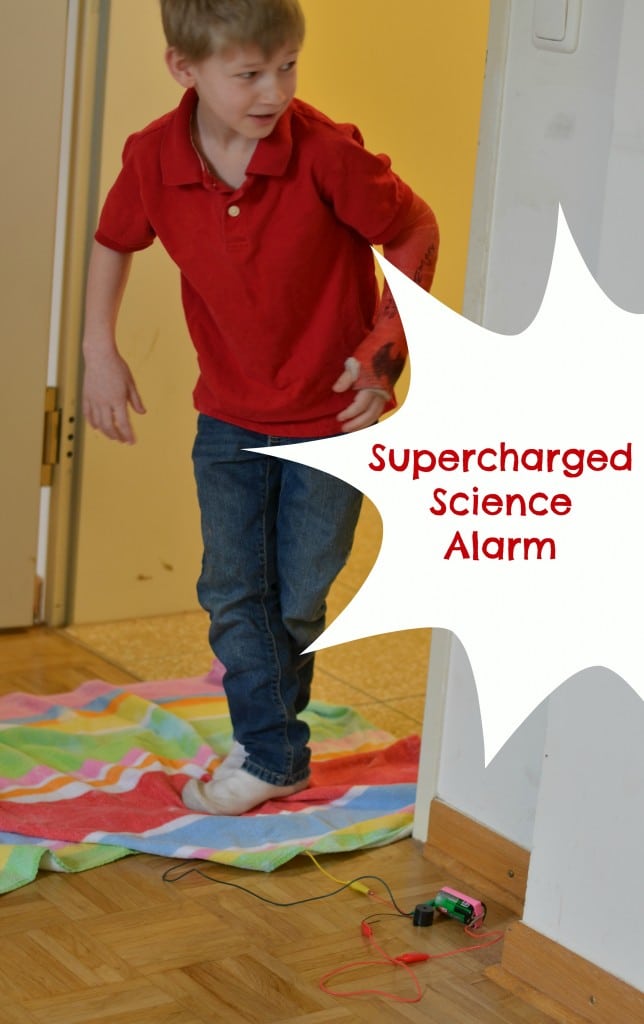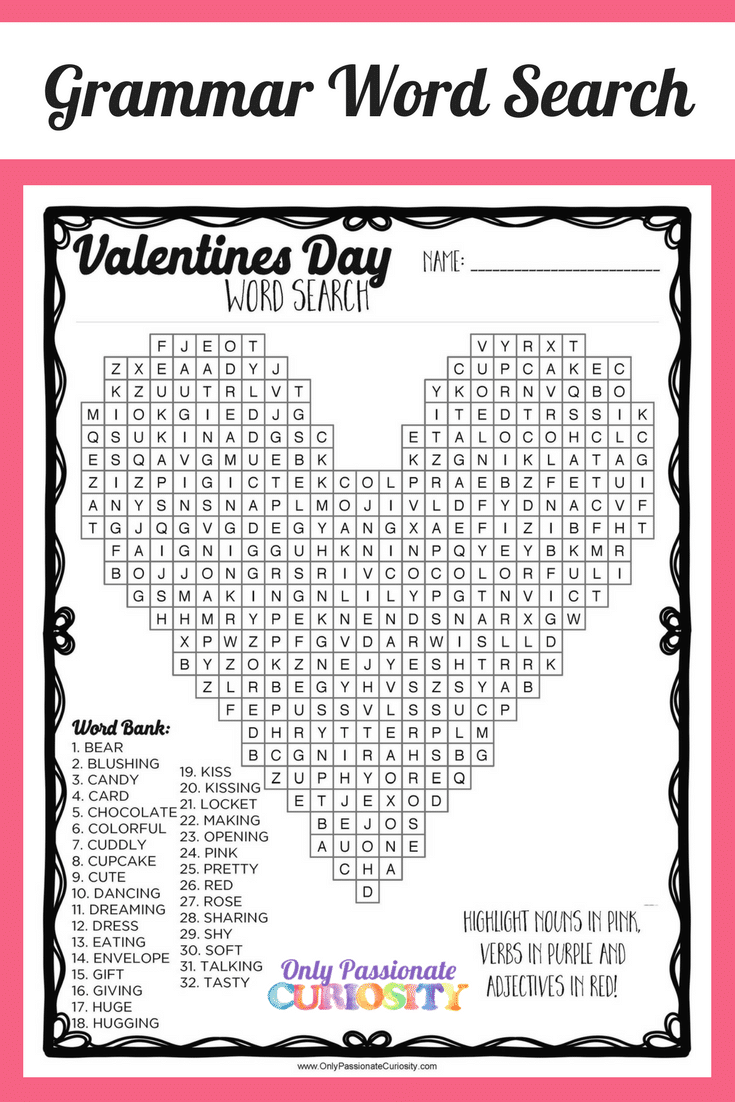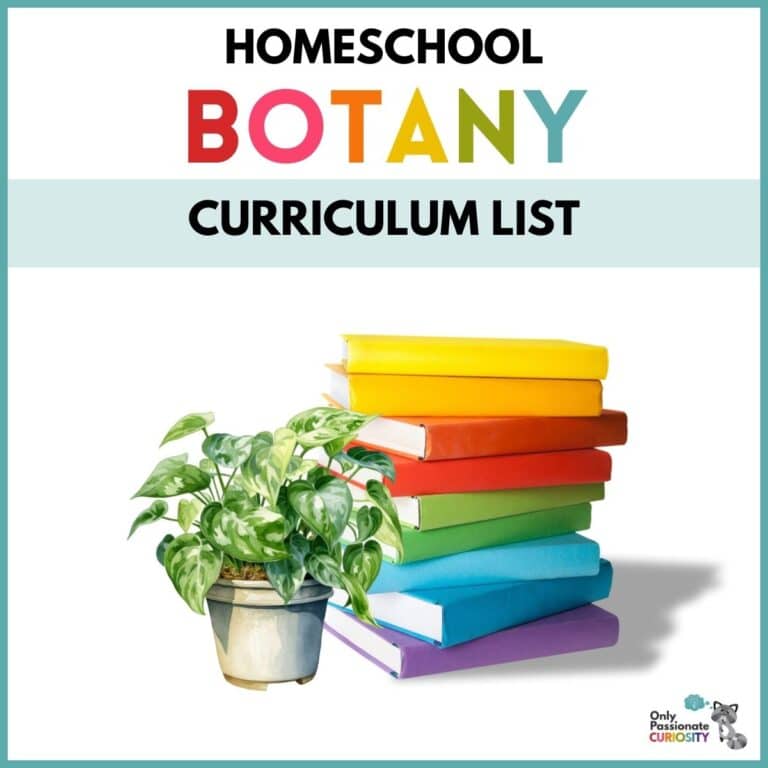Supercharged Science Online Program {Schoolhouse Crew Review}
Last year, I shared a review with you for the e-Science Program from Supercharged Science. Last year, I really liked the program. This year, I liked it even more! Bug has grown a full year, and his interests and abilities have changed so much that using the program has been a whole new ball game.
What is the e-Science program from Supercharged Science?
The e-Science program is a monthly subscription service which give you access to the science lessons, videos and experiments produced by a former NASA scientist, turned educator, named Aurora Lipper. Aurora puts together high quality video demonstrations which can motivate even the most reluctant student.
Supercharged Science deals with mainly physical science topics, with some life science thrown in their. Auroras real strength is engineering, physics, chemistry and astronomy. Topics are broken down into units:
Unit 1: Mechanics
Unit 2: Motion
Unit 3: Matter
Unit 4: Energy 1
Unit 5: Energy 2
Unit 6: Sound
Unit 7: Astrophysics
Unit 8: Chemistry 1
Unit 9: Light
Unit 10: Electricty
Unit 11: Magnetism
Unit 12: Alternative Energy
Unit 13: Thermodynamics
Unit 14: Electronics
Unit 15″ Chemistry
Unit 16: Life Science 1
Unit 17: Life Science 2
Unit 18: Biology 1
Unit 19: Biology 2
Unit 20: Earth Science
You will get access to 2 units per month, which is a bit of a bummer because it doesn’t really let you explore as freely as we did with access to all. However, the website says if you like, you can email Supercharged Science and they will unlock any unit you ask for.
Supercharged Science also has arranged their topics by grade levels, which is brand new this year. If you like, you can tackle the subjects most appropriate to the age of your child. The grade level organization makes it easy to somewhat follow the same standard order of topics, and to build your child’s science education on a solid foundation. 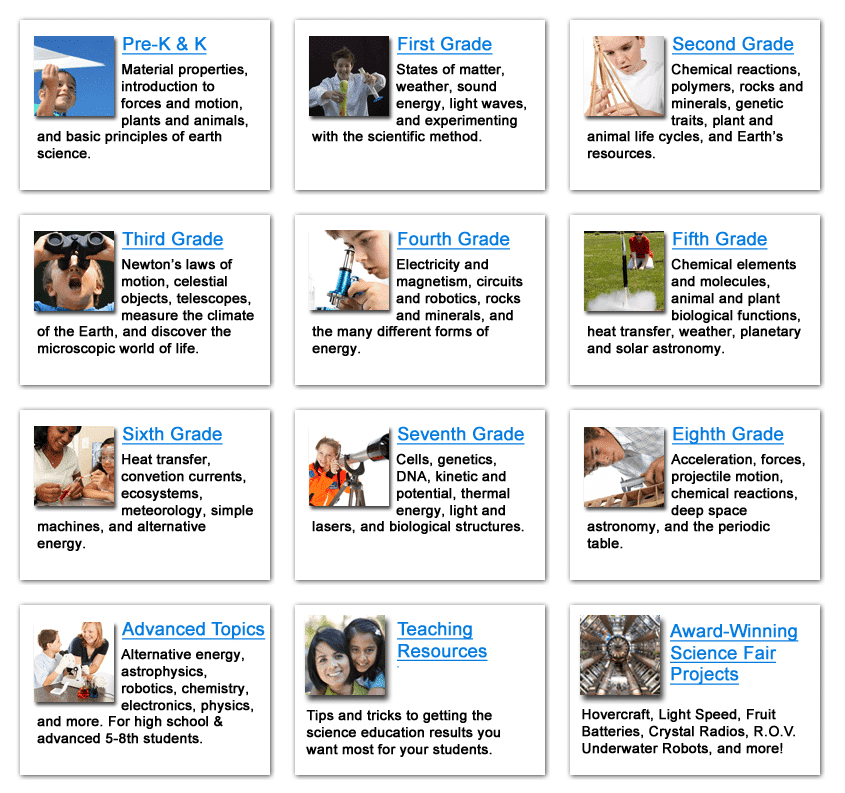
Our Experience:
This time, we enjoyed Supercharged Science in a little different way. Last time, Bug was younger, and I really needed to hold his hand through the entire process. Daddy watched the videos with him, and then helped him explore magnetism with parent guided activities. I didn’t use many of the printable materials, because with us leading the lessons, I didn’t feel like I needed them.
This time, I chose a unit, and I printed it all out for Bug first thing. I read over the materials, and had him help me set the program up. We collected materials in advance, and I set a schedule for us. The printed materials include a lot of textbook reading. There are two versions, the standard reading, and the advanced textbook reading for older students. I printed both, so I could read the advanced section to help guide Bug, and the standard for him. We started with the Motion unit, and learned about velocity, acceleration, and the laws of motion.
Ta-Da! which is shown in this video, is one of Bug’s favorite activities from this unit. It shows how inertia moves the book, and tube, but then gravity pulls the ball down into the cup. The force you put on the book moves it and the tube, but that force isn’t strong enough to move the ball to the side, leading to a really neat trick!
For the units I lead, I had him read the materials first, and then we dug into the the experiments. I can’t believe I missed out on the printed materials last year, because they were my favorite part this year. Bug really likes the videos, but he gets caught up in how the example went, so I made him to the experiment himself first, using the written directions, and THEN he could watch the videos. The text directions are clear, and many of the activities come with lab sheet type worksheets to help your child keep track of what they are doing. The videos include the demonstration, and Aurora often adds interesting tidbits, and additional information to deepen the study.
I did let him use the site outside of the units I specifically chose for “school time”, and did let him explore the site independently also. I really enjoyed letting Bug use the program in his free time as well. This site is gold for curious kids. I was not about to let an eight year old use dangerous chemicals, but Bug was enamored with the advanced chemistry section. He watched the experiments, and oooh-ed and ahhh-ed over the chemical reactions. It’s nice that even if you didn’t do any of the experiments, the website still has the benefit of teaching through demonstration, so there is plenty to learn without getting your hands dirty.
He also found other experiments he just HAD to do, like building a alarm for our home so no “bad guys could come in.” He wired the buzzer to the battery and a pressure switch, and then “hid” it by the front door. Of course, he had to test drive it himself by “breaking in.” I was so proud of his problem solving and determination to get it done!
While marketed for students K-12, I think this program is best for older students who can read independently, and have the skill and maturity to explore the activities independently. I loved that Bug was able to just get excited about the videos, and come to me and say “I want to try it!” The textbook reading is really well done, but I do think the standard reading is directed mostly to 5-8th graders. I did need to sit next to Bug to make sure he was understanding what he was reading, and help explain the concepts. The advanced reading is high school level, and was the perfect amount of background information for me to use as a teacher.
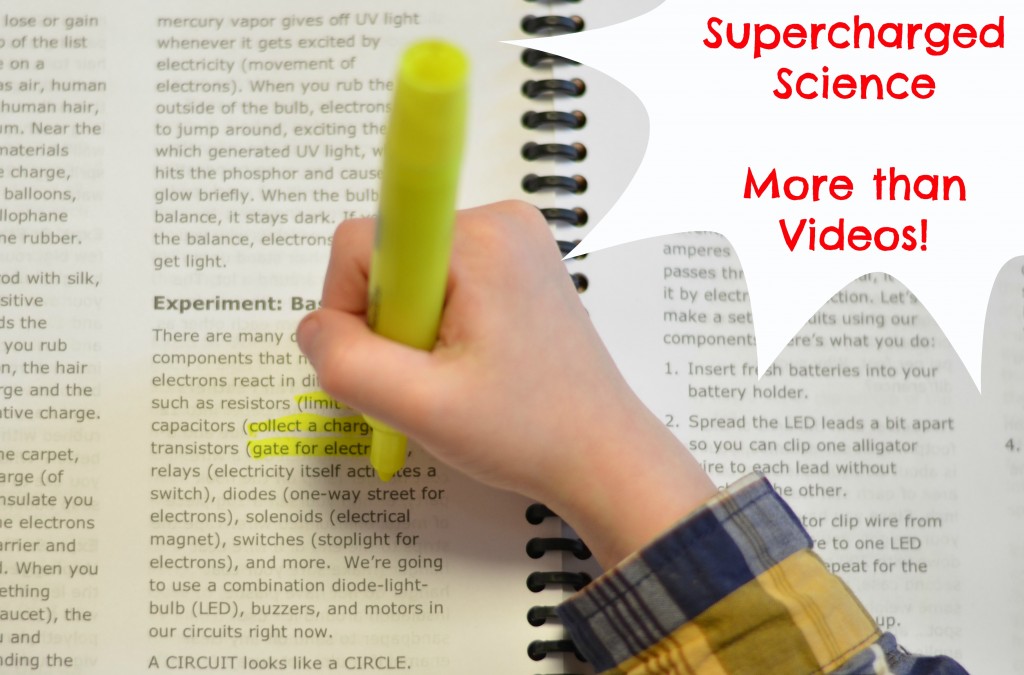
If you decide to use this program:
To make Supercharged Science more “open and go”: If you are the type to not use a curriculum because it’s too much work gathering supplies, I strongly suggest taking a little time before you begin to get organized. First, choose a unit or two you plan on doing. Then, download the documents, and locate the shopping list for the unit. Look over the experiments, and choose which you want to do, and then collect all of the items needed to do the experiment. Place them in gallon sized Ziplocs, label them by unit and experiment name, and then place them in a box for the kids to grab when they are ready to go try the experiments. Gathering the supplies first means the kids (especially older ones) can be more independent and really get their moneys worth out of this program.
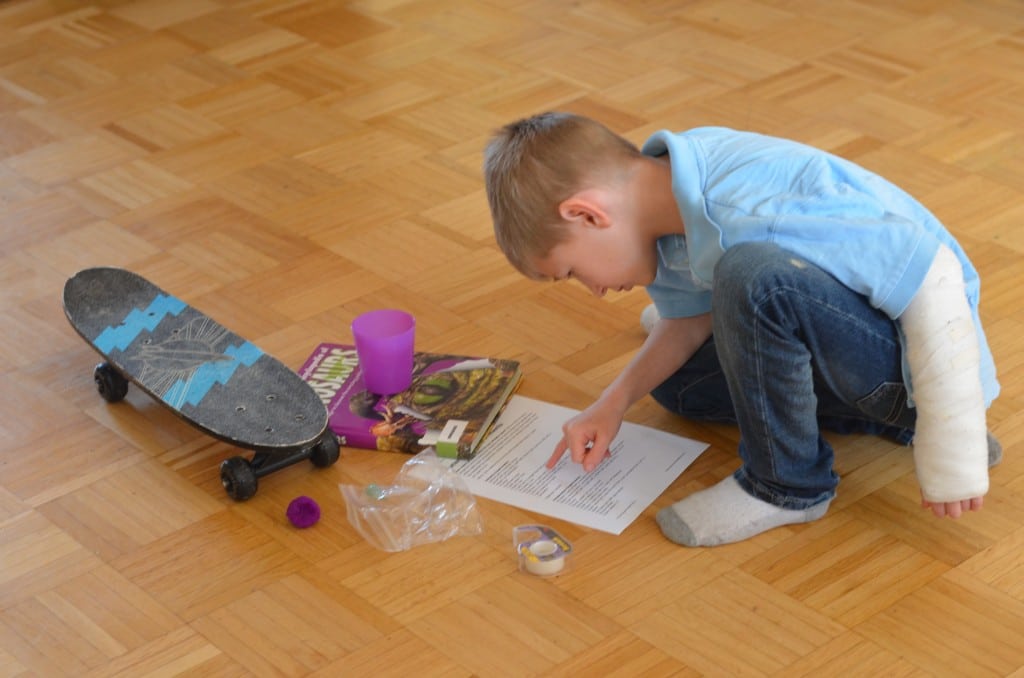
A helpful hint on printing: There are lots of different files on the various lesson pages. If you want all of them printed, first download the Lesson Plans document. This document contains many of the smaller files already, so you wont need to print the separate shopping list, exercises, or textbook reading. Once that file is downloaded, go page by page in the unit you’re going to use, and check out the downloads. I found I also needed the individual experiment worksheets and exercises, and I liked to download the advanced textbook reading (intended for high school) to use together for more information.
I found that printing, and collecting supplies was a really good way to go with this program. Not every experiment/demonstration is included in the printed materials, but a bunch of them are, so it made it easy for us to continue to enjoy our e-Science subscription even when we weren’t online. I loved being able to take the bound unit with me so Bug could read, or work on the questions on the go.
Pricing and Purchasing Information: The K-12 Level Plan (which is shown here) is $57 a month. There is a K-8 option for $37 a month. You can see ordering options on this page.
You can also see a free sample if you’d like. Supercharged Science does have a bit of an intense marketing strategy; you’ll receive a lot of emails, but it is easy to unsubscribe. If you purchase, please do review their cancellation policies.
If you’re interested in Supercharged Science, click on the review banner below to read more crew reviews. There, you’ll find 100 different experiences, which will hopefully help you make an informed decision about this program. Happy reading!





